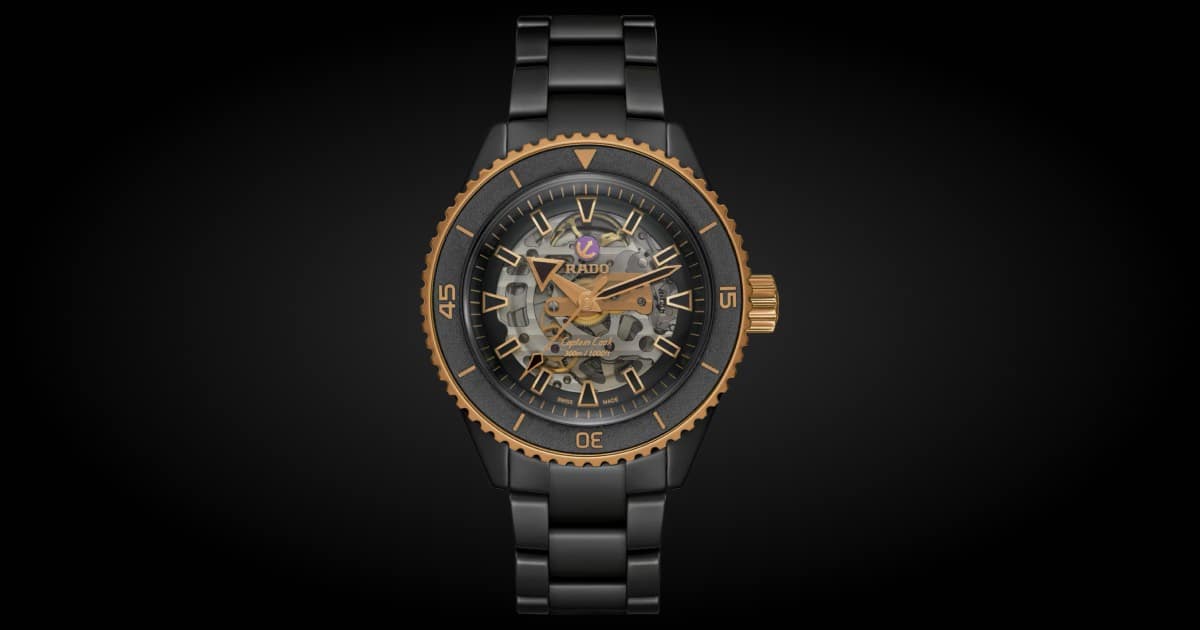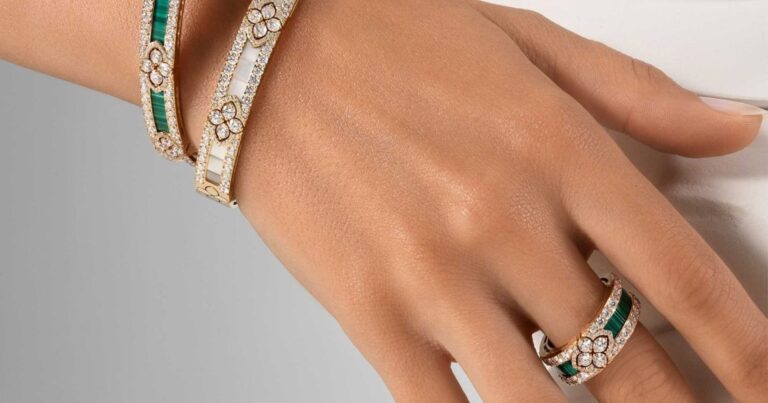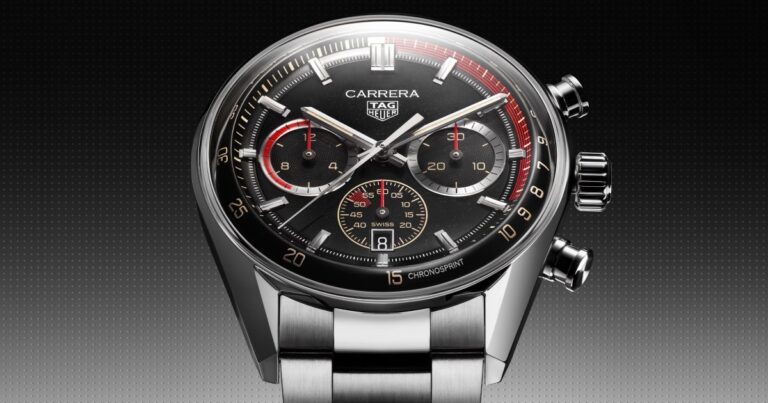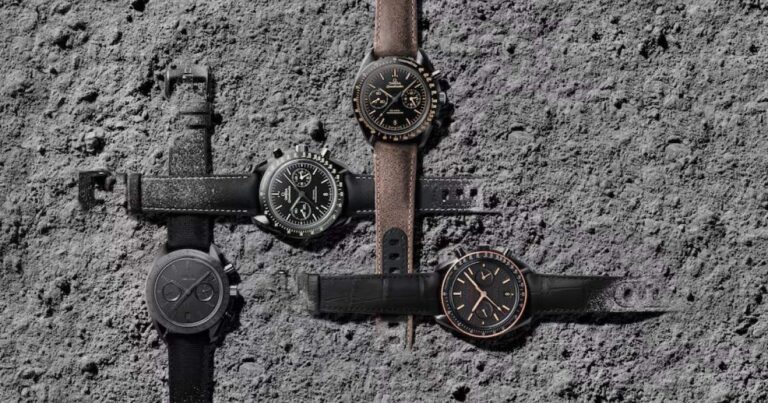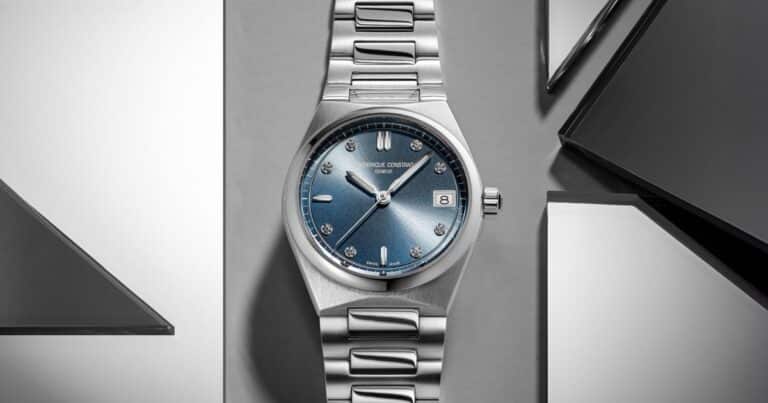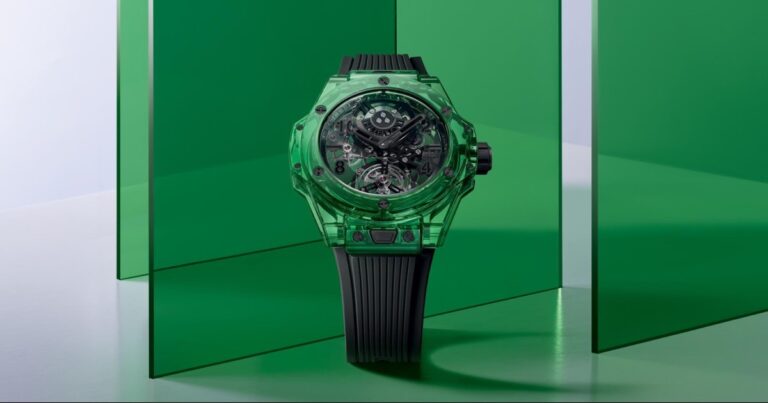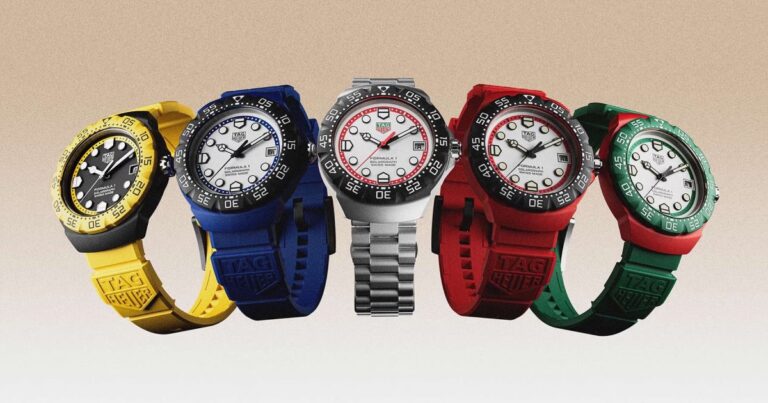Not every watch revival makes waves. Some are quiet reissues, forgettable nods to the past that slip unnoticed onto display shelves. But then there are stories like the Rado Captain Cook. This isn’t just a watch that came back. It’s a watch that resurfaced and brought with it a legacy that vintage collectors never forgot.
Born in the golden age of dive watches, the Captain Cook wasn’t the loudest or the largest. It didn’t boast about depth ratings or chase trends. It carved its own lane, quietly, confidently.
When Rado brought it back, it wasn’t nostalgia for nostalgia’s sake. It was a revival with intent, a way of honoring the spirit of the original while reintroducing it to a world that had finally caught up to its style, proportions, and soul.
The Birth of a Compact Icon

Launched in 1962, the original Rado Captain Cook was far from the oversized dive watches that dominate today. At just 35.5mm, it was modest on the wrist but bold in character. The inward-sloping bezel gave it visual depth. The domed acrylic crystal added softness and distortion, true to the era. Most importantly, it introduced what would become one of Rado’s signature details, a rotating anchor logo on the dial that moved with the wrist, signaling an automatic movement inside.
Named after the British explorer Captain James Cook, the watch wasn’t just a stylistic exercise. It was a real tool watch. With 220 meters of water resistance, a screw-down caseback, and clearly legible markers, it was ready for adventure, even if most of its wearers were more likely to explore coastlines than deep-sea trenches.
Still, production only lasted until 1968, with fewer than 8,000 units made. That short window made it a cult favorite among collectors who admired its compact size, distinctive styling, and rarity.
A Faithful Return in 2017
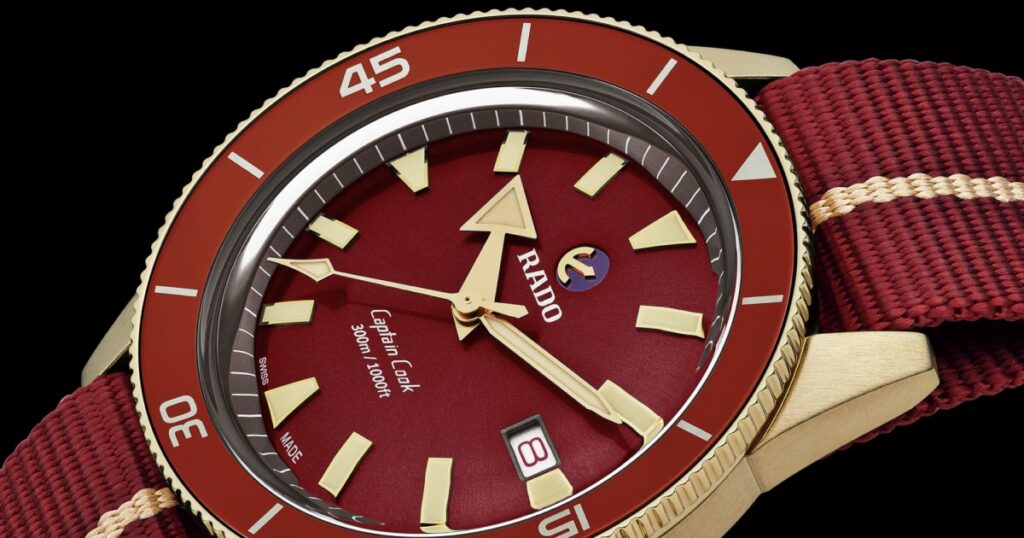
Then came 2017. Baselworld was changing, vintage was surging, and Rado decided to bring the Captain Cook back, not with a redesign, but with a faithful reissue. The new Captain Cook came in at 37mm, nearly identical to the original. It retained the inward-sloped bezel, now made of high-tech ceramic instead of aluminum. The domed sapphire crystal replaced the acrylic, adding modern scratch resistance without losing the old-school feel. Inside, the movement was upgraded to the ETA C07.611, offering an 80-hour power reserve, a significant leap from what was available in the 60s.
And it wasn’t just a look-alike. It was a limited run of 1,962 pieces, a direct nod to its birth year. For Rado, this wasn’t just a model relaunch. It was a way of telling the story all over again, to a new generation that had fallen in love with mid-century design.
Evolution into a Full Collection

Something interesting happened next. Instead of staying in that small-run lane, the Captain Cook became a full collection. In 2019, Rado introduced a 42mm version, giving fans of larger cases a way to join the story. It was more robust, with water resistance boosted to 300 meters. The same design language remained, but now the watch could appeal to broader wrists and more active use.
Then came the Bronze Captain Cook. Introduced in 2020, this version brought a bronze case that patinas over time, turning each watch into a unique reflection of its wearer’s lifestyle. Bronze isn’t just aesthetic, it tells a story of exposure and environment. The material reacts with sweat, air, and moisture, darkening and aging as it travels with you.
The most futuristic version, though, is the Captain Cook High-Tech Ceramic. This isn’t heritage revival. This is Rado showing what Captain Cook would look like if it were born today. A monobloc ceramic case, skeletonized dial, and modernist lines turned the watch into a design-forward piece while keeping key Captain Cook elements like the bezel and anchor logo intact.
The Design that Anchors the Legacy
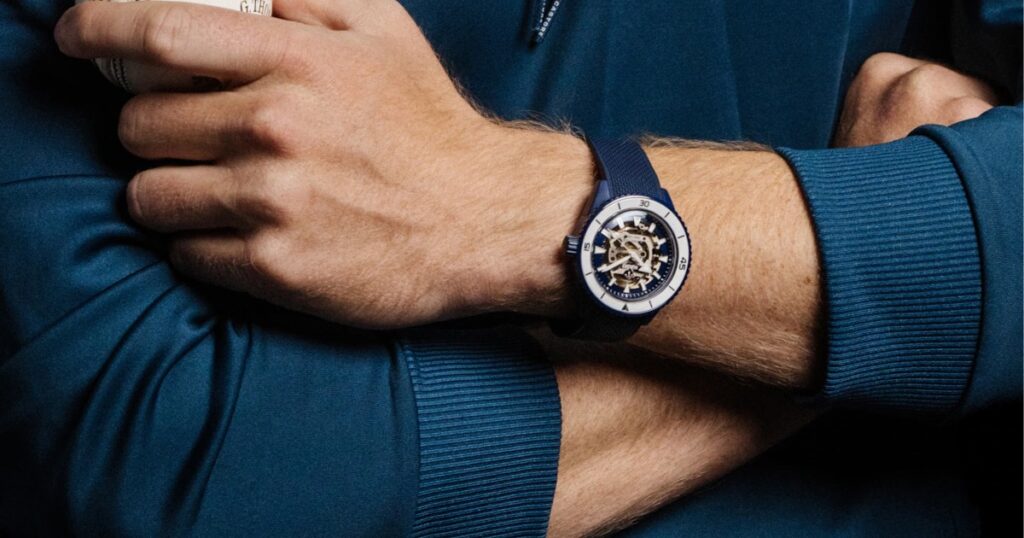
Throughout all these evolutions, some things never changed. The beads-of-rice bracelet, available in many references, kept that vintage charm. The inward bezel remained a signature aesthetic. And the rotating anchor logo continued to mark each model as a genuine Rado automatic.
What sets the Captain Cook apart from other vintage-inspired divers is how well it blends originality and accessibility. It’s not a derivative design. It doesn’t try to look like a Submariner, a Seamaster, or a Fifty Fathoms. It stands on its own, and always has. That independence is part of what makes it special.
Why Collectors Still Talk About It
Collectors took notice. The limited 37mm reissue sold out quickly. The 42mm models now come in countless variations: blue, green, burgundy dials, rubber straps, leather options, even titanium cases. Whether you’re a purist looking for retro vibes or someone who wants a tough, modern diver with a bit of personality, the Captain Cook range has something that fits.
Even in a market full of retro reissues, the Captain Cook is one of the few that feels completely authentic to its origin story. It hasn’t been overdone. It hasn’t been diluted. Every update, whether in size, material, or execution, has felt intentional, not opportunistic. And that’s why it resonates.
